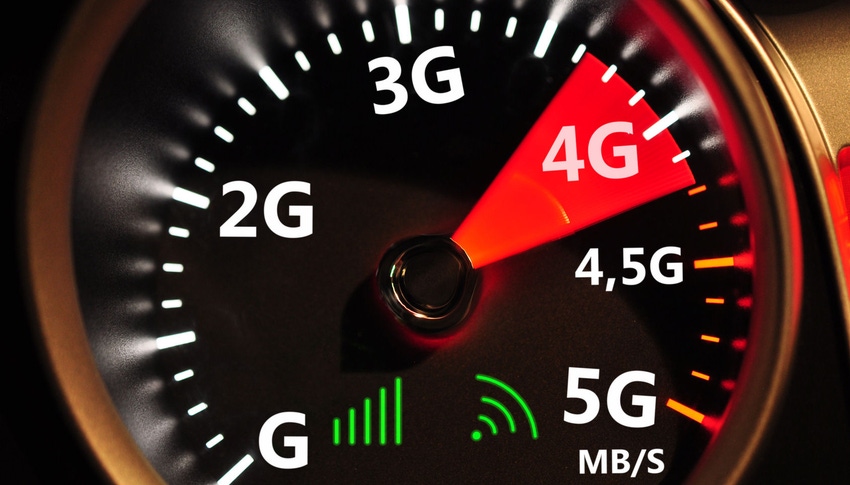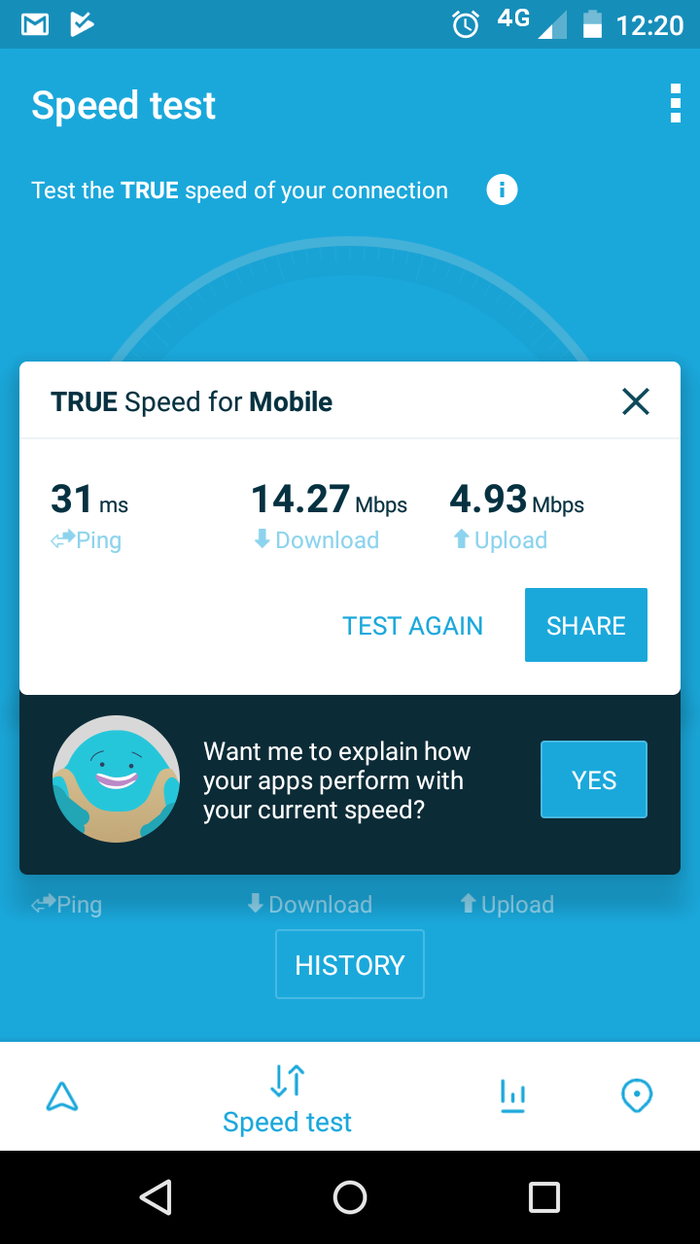EE is top of OpenSignal’s ranking for peak speed tests in the UK, but the rest aren’t too far behind. Well, aside from O2 that is.
September 28, 2017

EE is top of OpenSignal’s ranking for peak speed tests in the UK, but the rest aren’t too far behind. Well, aside from O2 that is.
This is of course a slightly misleading metric, how often are we going to get the fastest possible speeds on our smartphones, but it will put a bounce in the step of a few people. The results themselves were taken as an average, examining only the fastest LTE tests collected from OpenSignal’s user community. And here are the results:
EE with average peak speeds of 136.1 Mbps
Vodafone at 113.3 Mbps
Three hit 94.1 Mbps
And bringing up the rear, O2 limped across the line at 69.6 Mbps
It might not be great reading for the guys at O2, but there is a glimmer of hope.
“O2 had the lowest peak speed of 69.6 Mbps (nearly half that of EE’s) in our analysis, which is an indication of more limited LTE resources,” said OpenSignal’s Kevin Fitchard.
“The good news is that O2 seems to be managing those resources well. It’s peak speeds were about 4.5 times faster than its average tested 4G speed of 15.1 Mbps. O2 may not have a lot of capacity compared to its competitors, but it’s able to consistently deliver that capacity to its customers, according to our data.”
Talking about peak speed is all well and good, but considering those who live in the city will have to deal with congestion on the network and those in the countryside will have to deal with weaker signal, it is a bit of a pointless exercise. A more accurate measurement would be the average 4G download speed, which OpenSignal has done for us as well.
EE still leads with an average of 29 Mbps, though this is down from 31.8 Mbps during the last OpenSignal report
Three clocked in at 22.3 Mbps
Vodafone at 18.8 Mbps
And bringing up the rear, O2 limped across the line at 15 Mbps
This paints a bit of a more accurate picture, but doesn’t sound anywhere near as attractive. It is perhaps another example of the misleading nature of advertising in the telecommunications space (should providers be forced to state average speeds?), but that is another point for another article.
One final metric which might be worth considering is coverage, and this might save a few blushes in the O2 offices. But bear in mind, this is a measurement of how often users can access a 4G network rather than a measure of geographic or population coverage.
EE at 78.46%
O2 at 74.17%
Vodafone at 71.35%
Three at 57.14%
We decided to put the results to the test, using your correspondents Vodafone 4G connection in London Zone 2. Not massively the same, but not a million miles away.

About the Author(s)
You May Also Like








.png?width=300&auto=webp&quality=80&disable=upscale)


_1.jpg?width=300&auto=webp&quality=80&disable=upscale)


.png?width=800&auto=webp&quality=80&disable=upscale)